The land of Vikings, Hamlet, and Hans Christian Andersen’s fairy tales, Copenhagen is today one of the most beautiful Scandinavian cities. In 2017, Denmark’s capital turned 850 years old, and it’s home for the oldest monarchy in the world. But, aside from its rich historical and cultural heritage, Copenhagen is continuously winning points in quality of life (in 2016, was declared “the most liveable city in the world”), design and cuisine, with no less than 15 Michelin-starred restaurants.
10 interesting facts you probably didn’t know about Copenhagen (and Denmark)
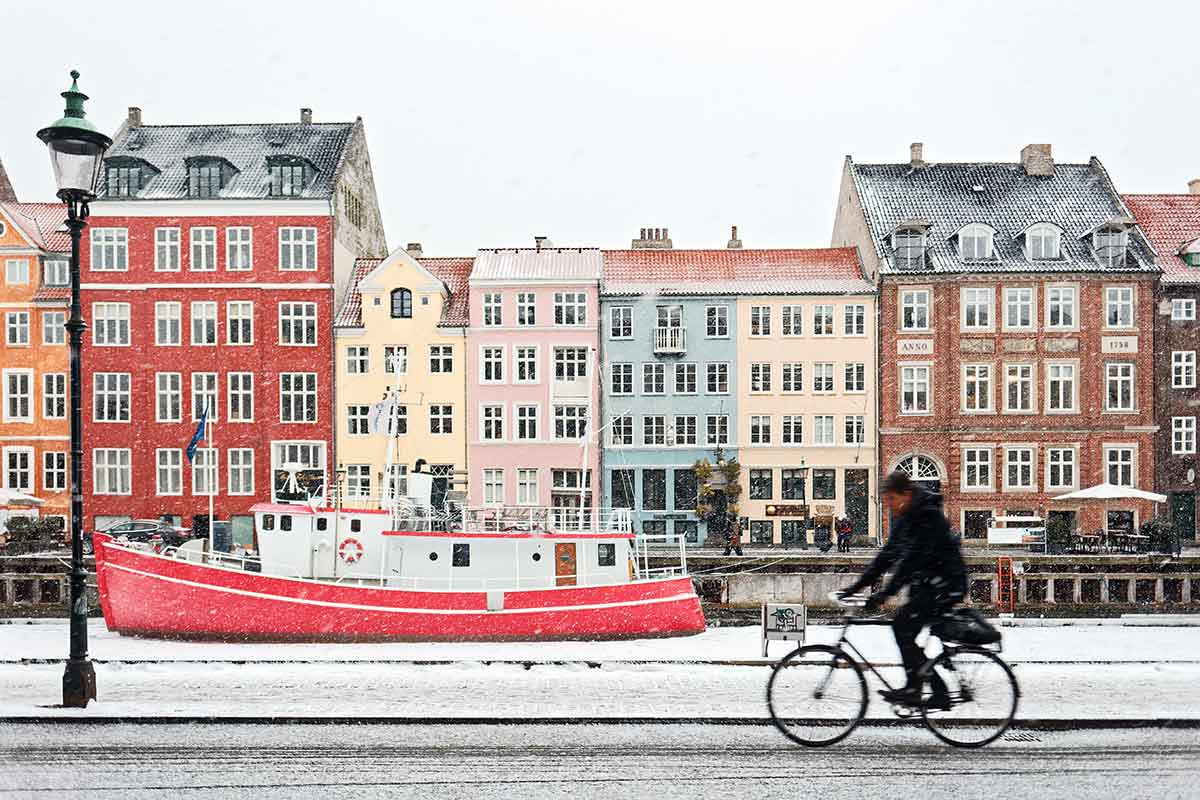
1. Copenhagen (in Danish “København”) means “Merchant’s Habour” and, long time ago, it was a small fishing village known for the herring trade.
2. Kronberg Castle, located in Helsingor, near Copenhagen, was the inspiration for the Elsinore Castle in William Shakespeare’s play Hamlet.
3. The happiest people in the world are in Denmark – or at least this is what the World Happiness Report conducted by the UN stated in 2013.
4. Denmark is the home of coziness. Hygge – the art of coziness or how to have a comfortable and joyful lifestyle – was invented here.
5. In 2014, Copenhagen was awarded the European Green Capital.
6. Bikes are everywhere – more than half of Copenhagen’s population cycles to work.
7. Tivoli Garden was the source of inspiration for Walt Disney when he created Disneyland.

8. The Danish flag is the oldest flag still used by an independent nation.
9. Lego was born in Denmark in 1958. The name comes from “leg godt,” which means “play well.”
10. Hans Christian Andersen wrote some of his famous fairy tales while living in Nyhavn, Copenhagen.
Copenhagen Travel Guide – sights, attractions, and points of interest
Nyhavn: old sailing boats and fairy tale houses
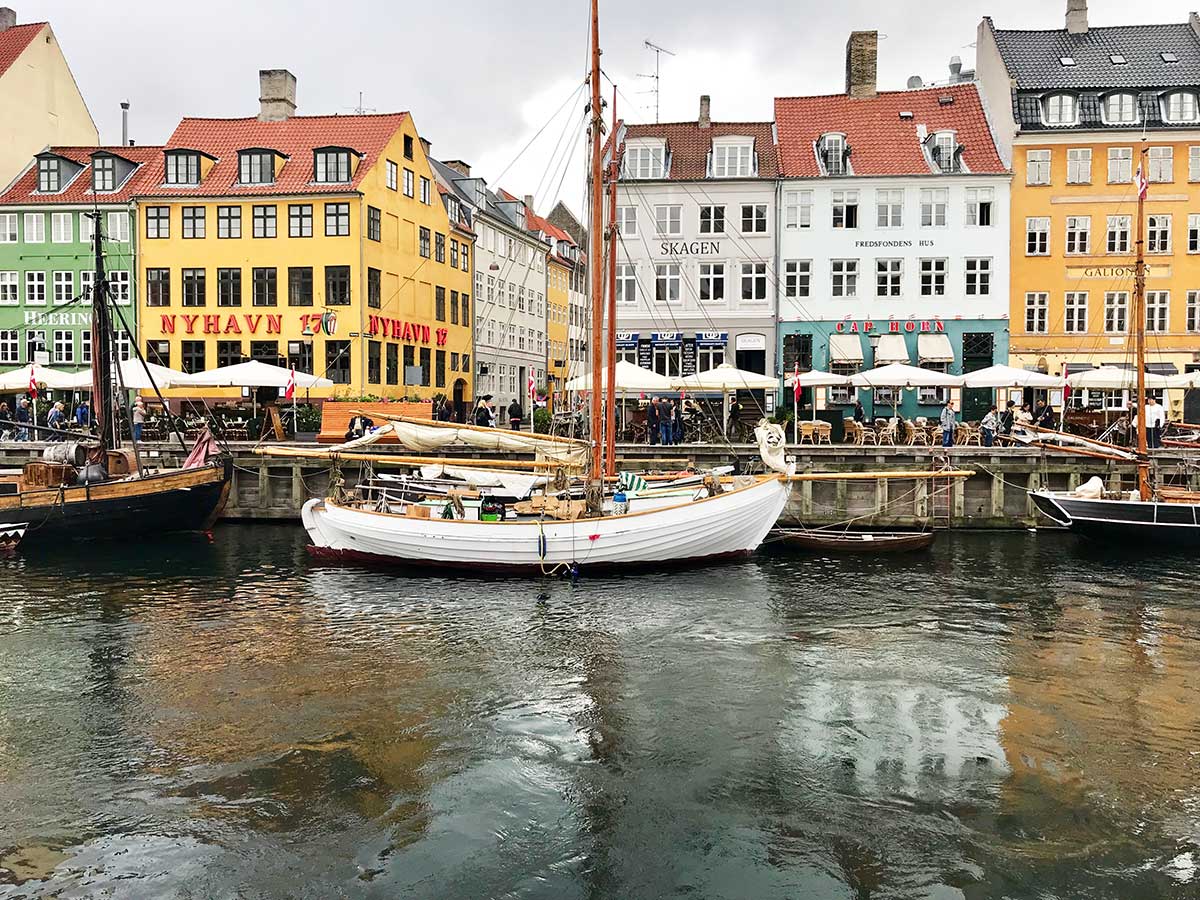
The former port of Copenhagen, where sailors from all over the world would arrive, is today a favorite place for locals and tourists alike to wander and relax. The historical wooden ships and the colorful houses lined up along the harbor are a typical but still impressive image of Copenhagen.
The oldest house on the canal is at number 9 and dates from 1681. At numbers 18, 20 and 67 Hans Christian Andersen lived and wrote his famous fairy tales: The Little Mermaid, The Little Match Girl, Fantasia, and The Ugly Duckling.
The Little Mermaid: the story of a mermaid ballerina
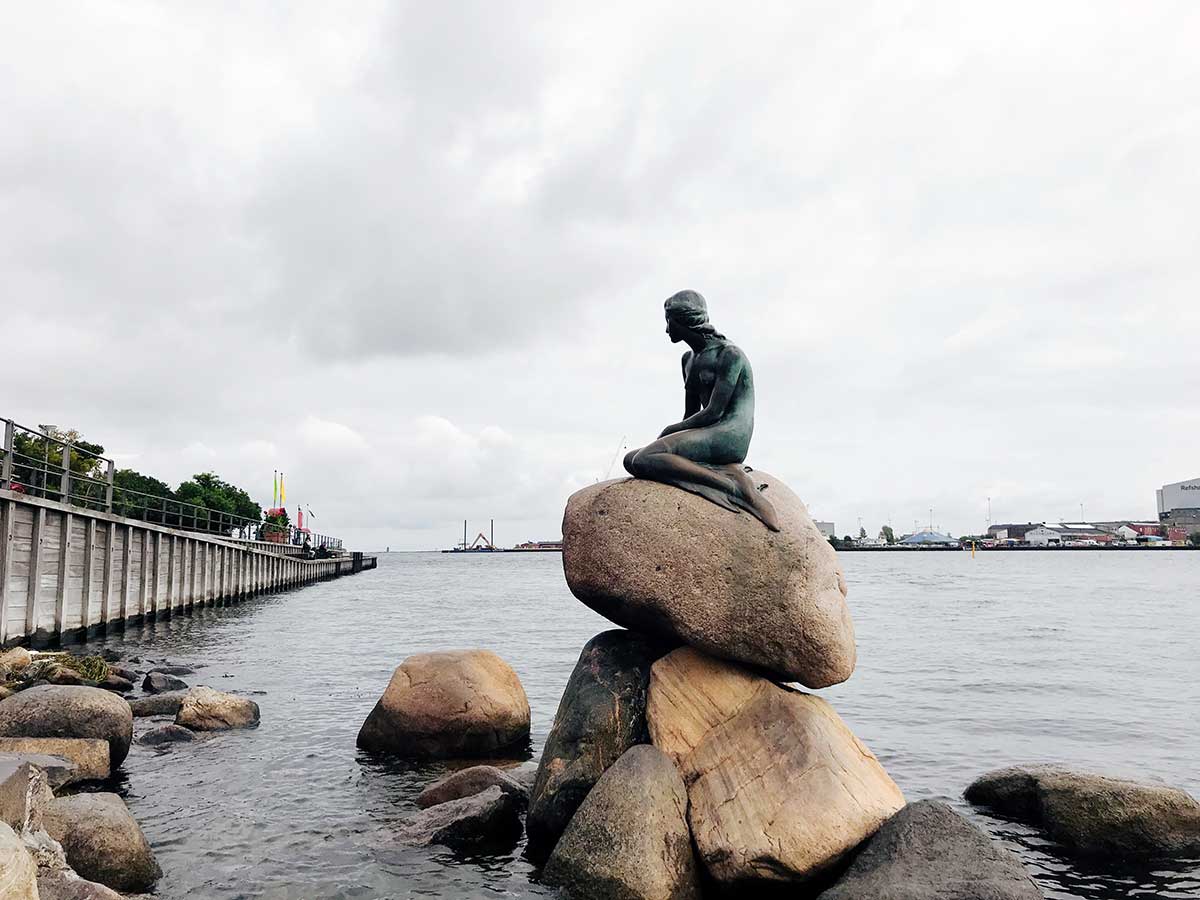
New York has the Statue of Liberty, Rio de Janeiro has Christ the Redeemer. And Copenhagen has The Little Mermaid, probably the most well-known landmark of Denmark. But did you know her story?
In 1909, after seeing a ballet performance inspired by Hans Christian Andersen’s “The Little Mermaid,” the Danish brewer Carl Jacobsen (whose father founded Carlsberg) commissioned the sculptor Edward Eriksen to create a sculpture that would illustrate Ellen Price, the ballerina who played the Mermaid. But as she didn’t agree to pose nude for Eriksen, he took his wife as inspiration for the statue’s body, and only the statue’s head was sculpted after the famous ballerina. In 1913, Jacobsen presented the sculpture to the city of Copenhagen and ever since The Little Mermaid became the symbol we know today.
Read more: LITTLE MERMAID – THE STORY OF COPENHAGEN’S MOST FAMOUS STATUE
Tivoli Garden: the (almost) oldest amusement park in the world
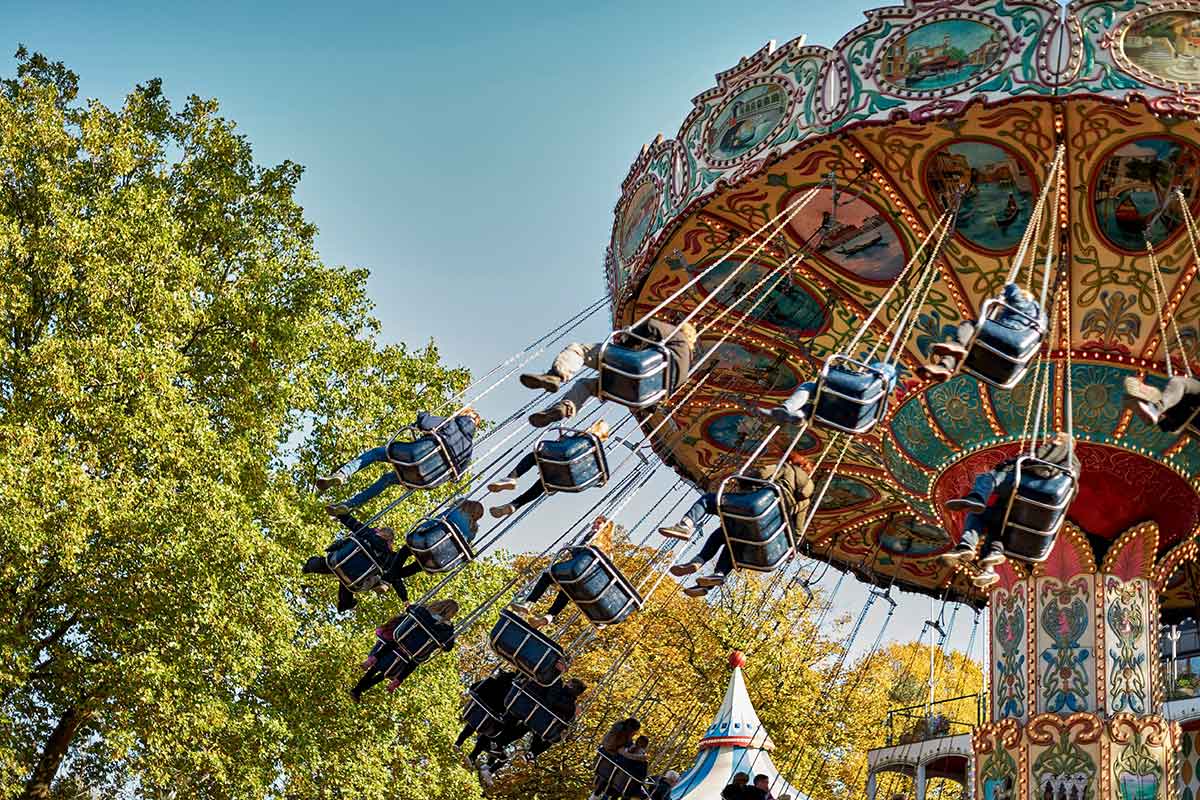
Dating from 1843, Tivoli Garden is the second oldest amusement park in the world (after Bakken, opened in 1583 and located in Denmark as well). The main attractions are the wooden rollercoasters – one of them, Rutschebanen (The Mountain Coaster) was opened in 1914 and is still functional!
The best time to visit Tivoli Gardens is in the evening when you can see the fairy lights or, even better, on Saturday evenings for the fireworks.
The Round Tower: see Copenhagen from above

Until 1842, this was the observatory of the University of Copenhagen. Nowadays, it’s one of the essential attractions of the city, mainly due to the beautiful views from atop. The tower also houses a library (in the old days all the books from the University of Copenhagen were held here) and an exposition.
The Rosenborg Castle: when Scandinavia was a land of kings and queens

In the early 17th century, Rosenborg Castle was King Christian IV’s summer residence. Built in Dutch Renaissance style, the castle is like a journey back in time, when Scandinavian kings and queens were conquering the world. Among the castle’s attractions are the Crown Jewels (four diamond, ruby, pearl, and emerald sets) and the royal thrones, guarded by three life-size silver lions.
The Christiansborg Palace: the house of the Danish Parliament

The palace is the seat of the Danish Parliament, the Danish Prime Minister, and the Supreme Court. This is also the place where the Queen welcomes distinguished guests, holds receptions and other official events.
Don’t miss visiting The Royal Reception Rooms with The Great Hall (where the Queen’s tapestries are located), The Royal Stables, The Royal Kitchen, Christiansborg Palace Chapel.
The Amalienborg Palace: meet the Danish Royals

Amalienborg is home of the Danish Royal Familly. The cobbled plaza, where the changing of the royal guards takes place every day, is flanked by four identical 18th-century palaces. But only one is open to the public – Christian VIII’s Palace, where the museum Amalienborg is housed. The other three castles serve as the official residence for the Royal Familly.
The National Museum of Denmark: follow the paths of the Vikings
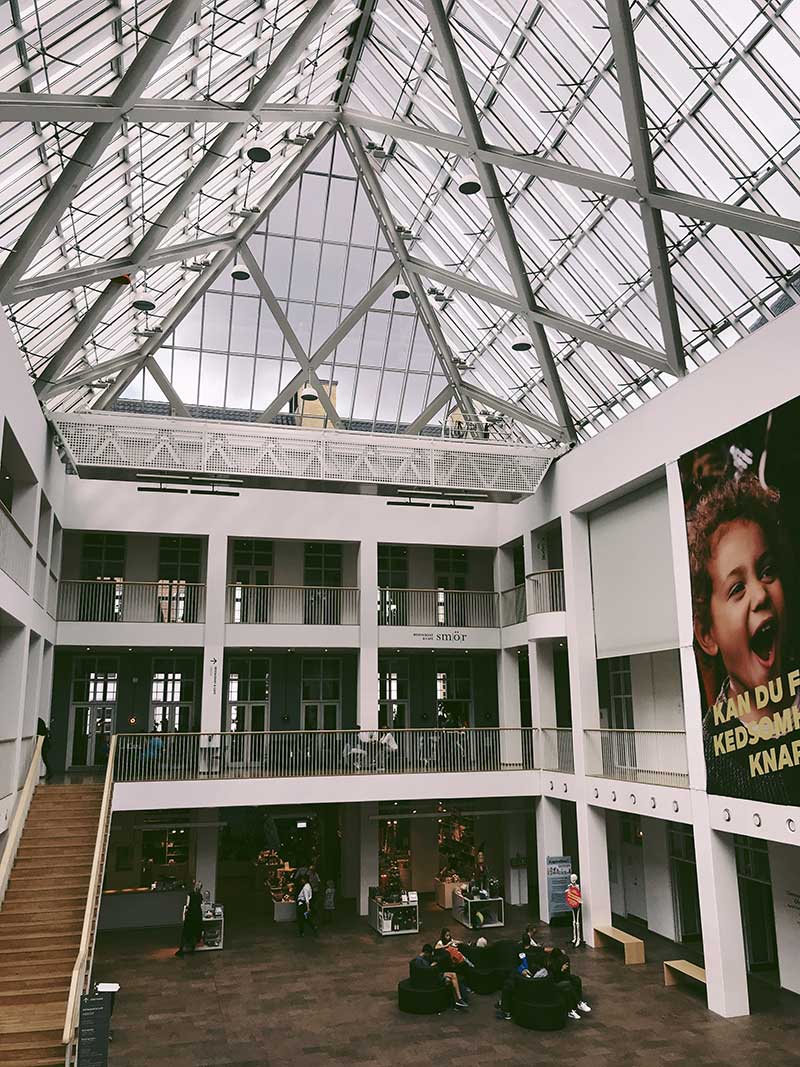
Step back in time with an extensive history lesson – the National Museum has exhibitions from the Stone Age, the Viking Age, the Middle Ages, the Renaissance, and the Modern Danish History.
Among the museum’s highlights is the Sun Chariot, made in the Early Bronze Age that illustrates the eternal journey of the sun, the Hjortspring Boat – the oldest evidence of seaborne warriors in Denmark, and the Rune Stones from the Viking Age.
In love with museums? Read more: 12 MUSEUMS TO VISIT IN BERLIN
The Design Museum: meet the chairs in a former hospital
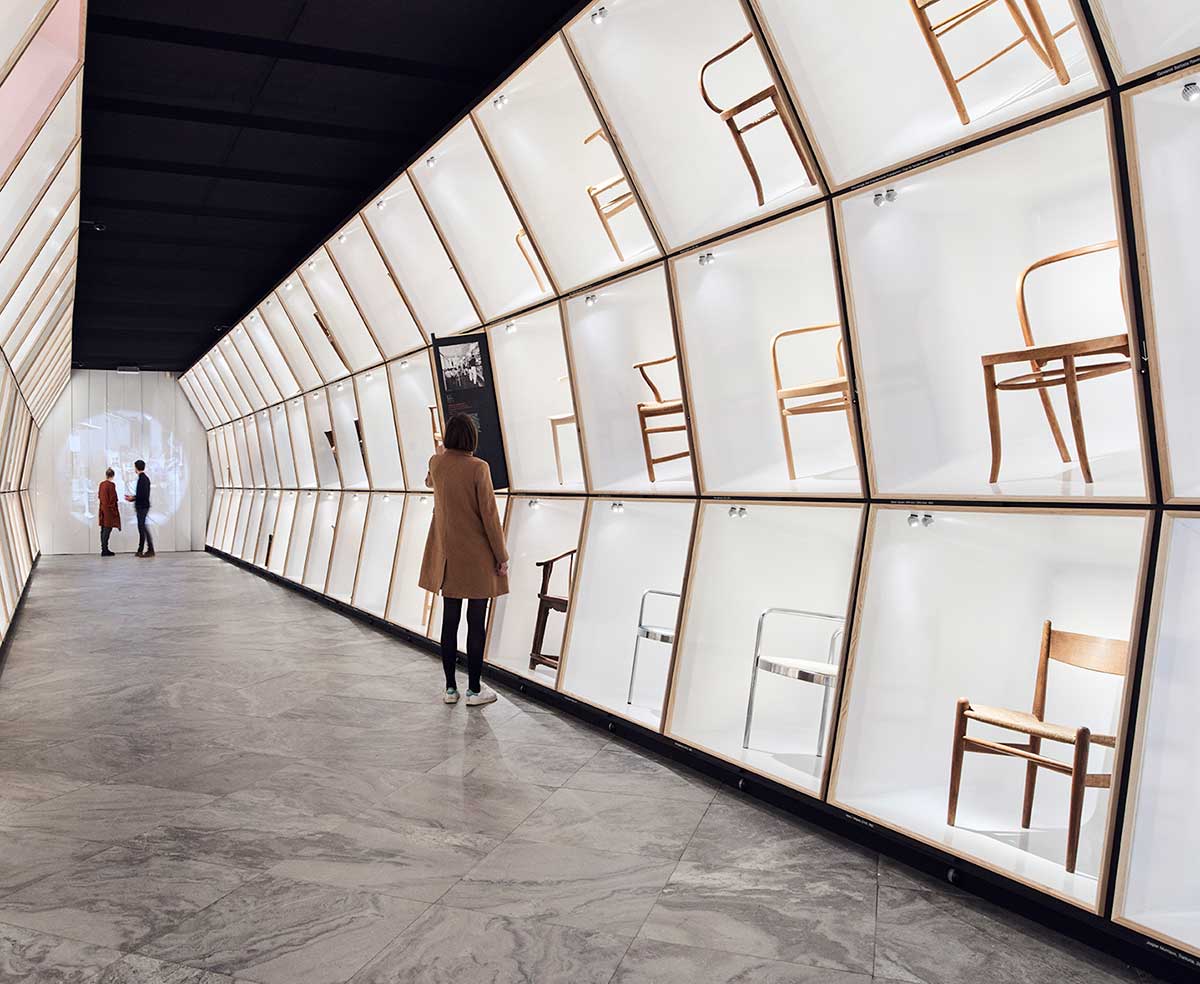
The museum building was once the first public hospital in Denmark (Royal Frederik’s Hospital). Today, the Design Museum in Copenhagen displays all forms of Danish Design: industrial, fashion, furniture, porcelain. One of the most exciting exhibitions here is “The Danish Chair – an international affair,” where chairs are presented as a piece of art.
Discover more of Denmark: THE COMPLETE GUIDE TO AERO ISLAND
Pin for later:
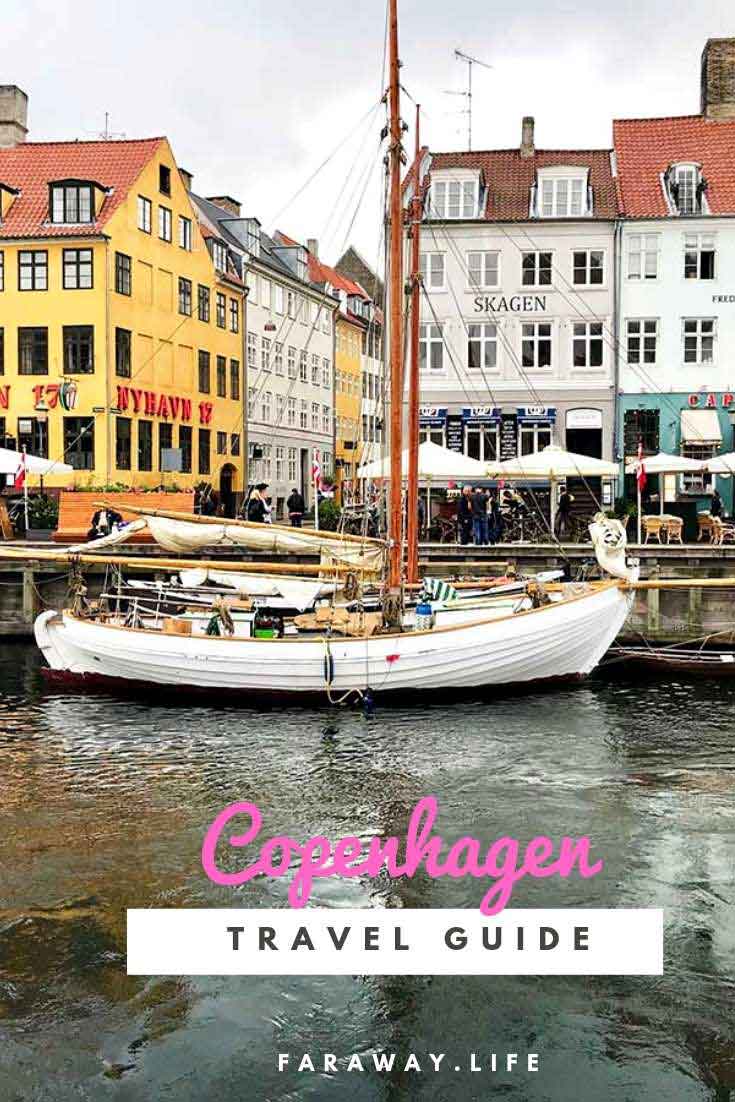
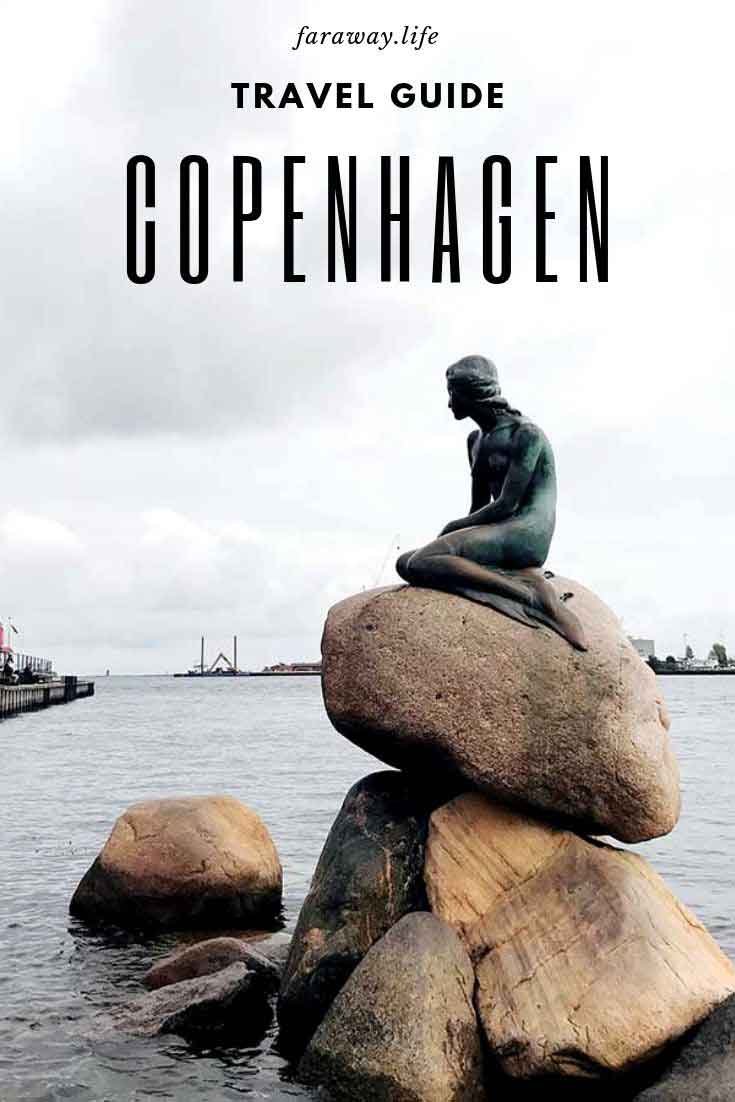



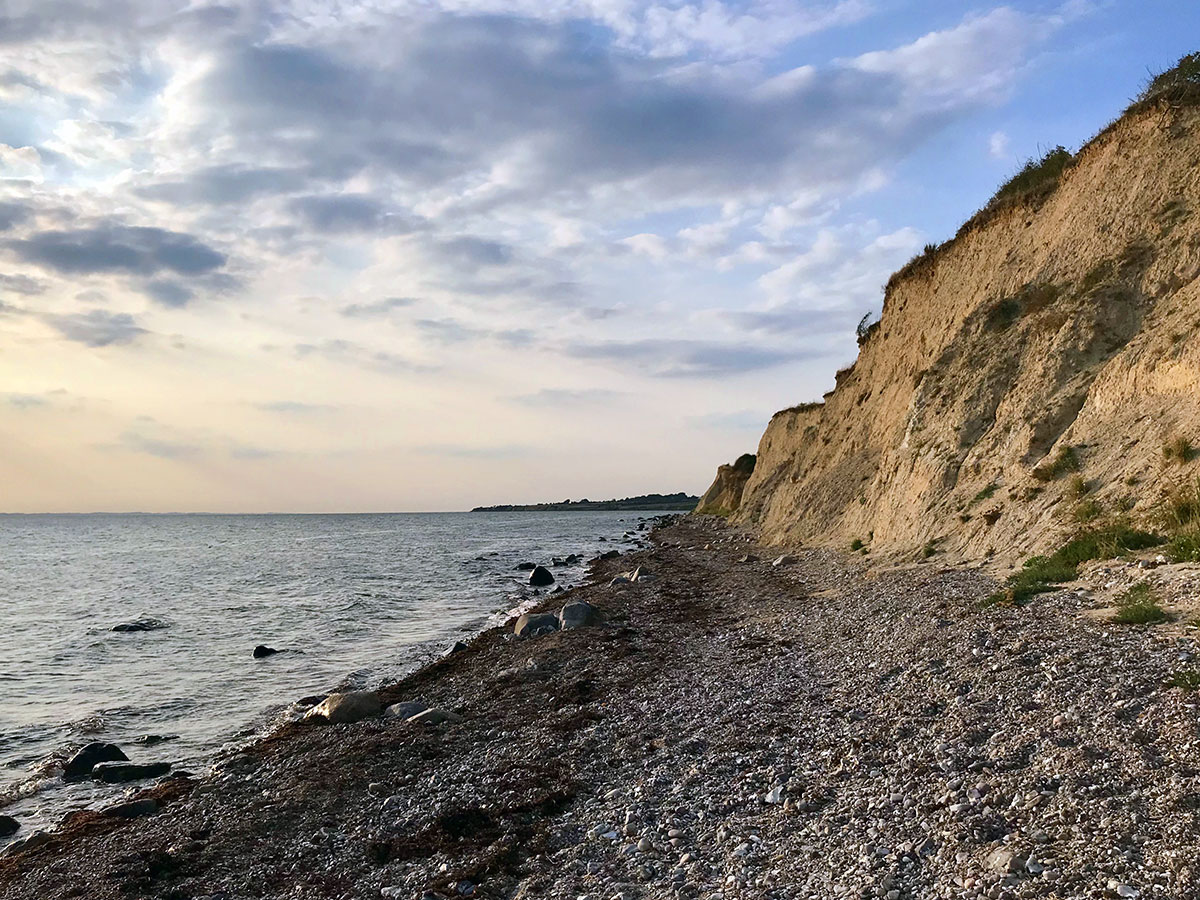

No Comments